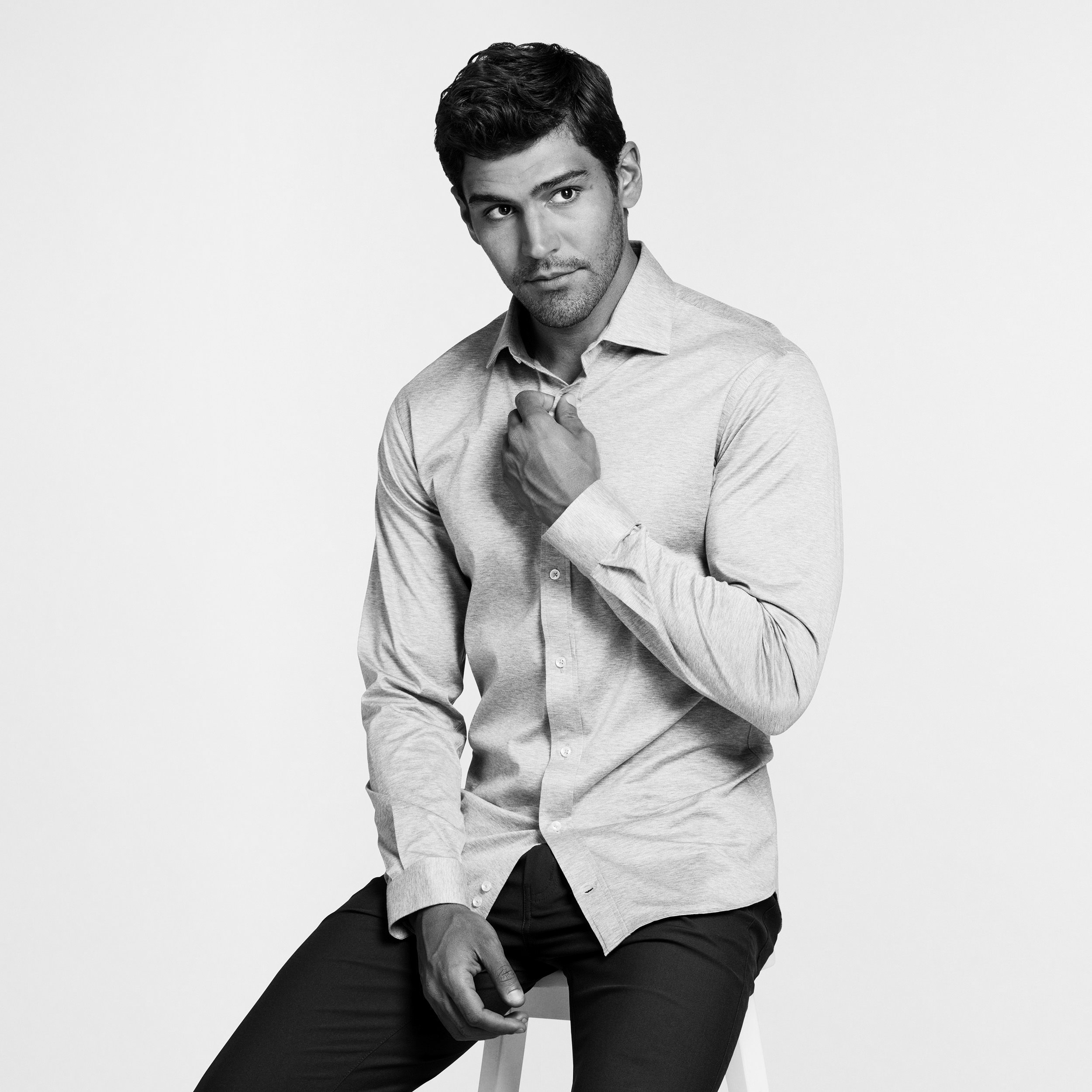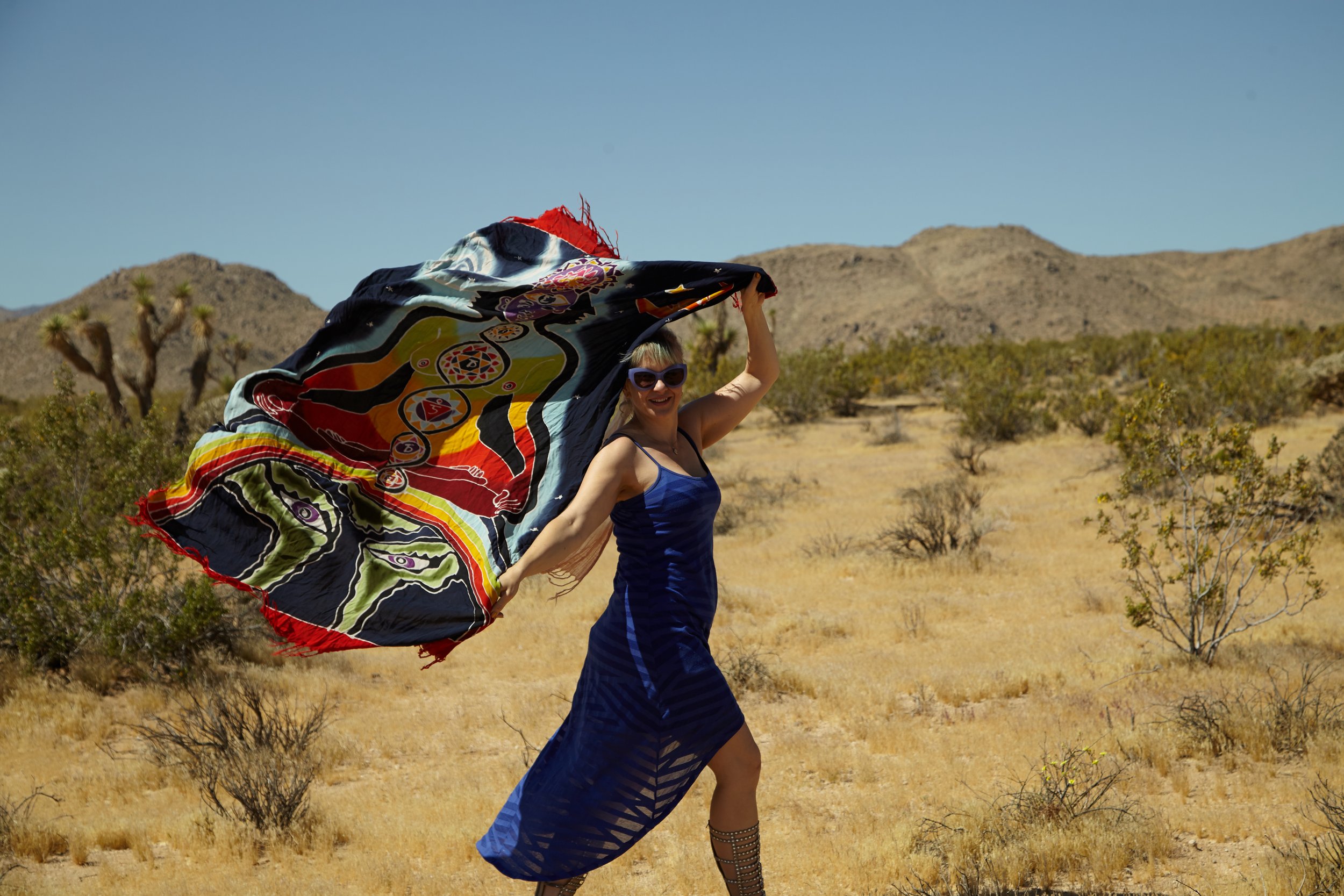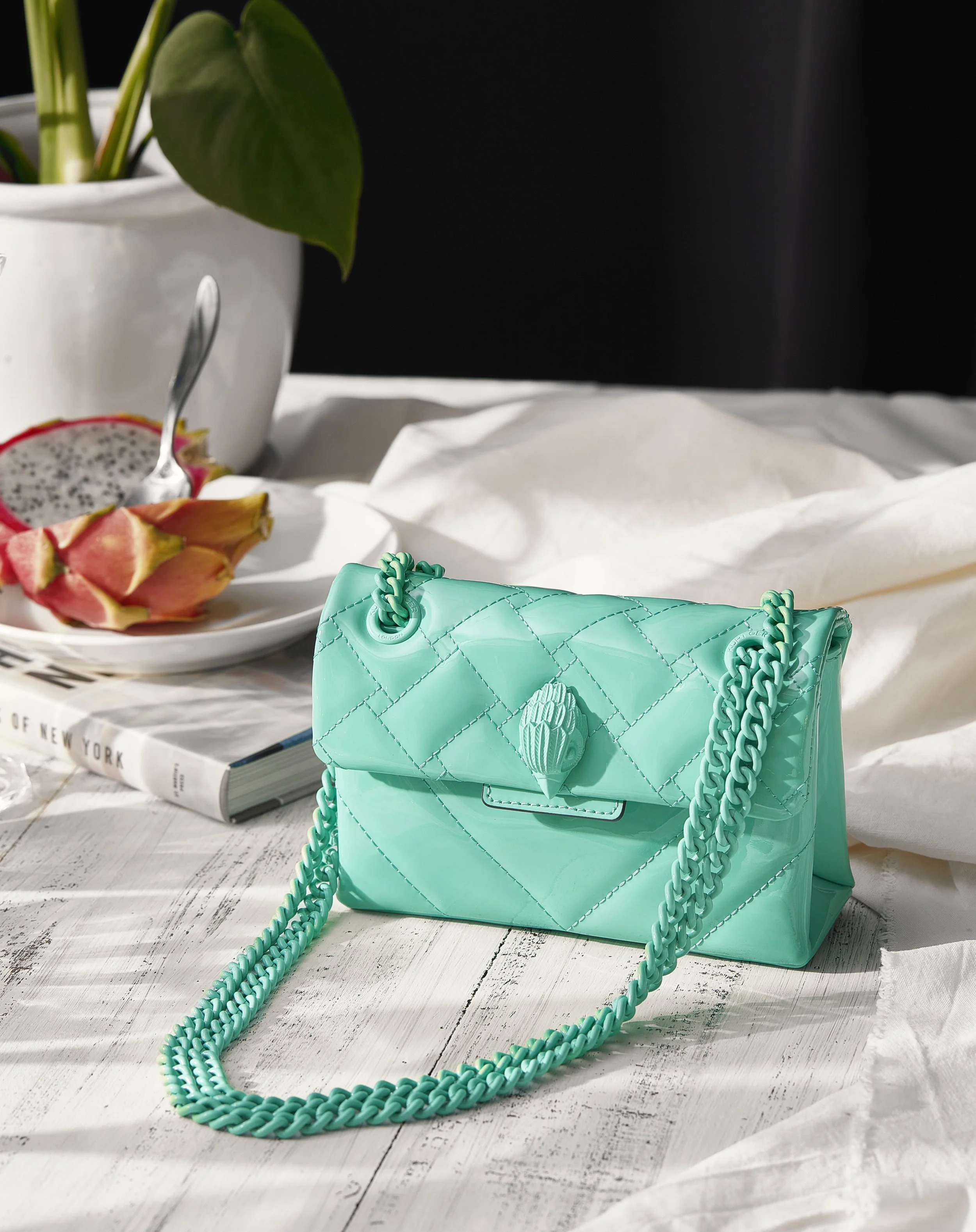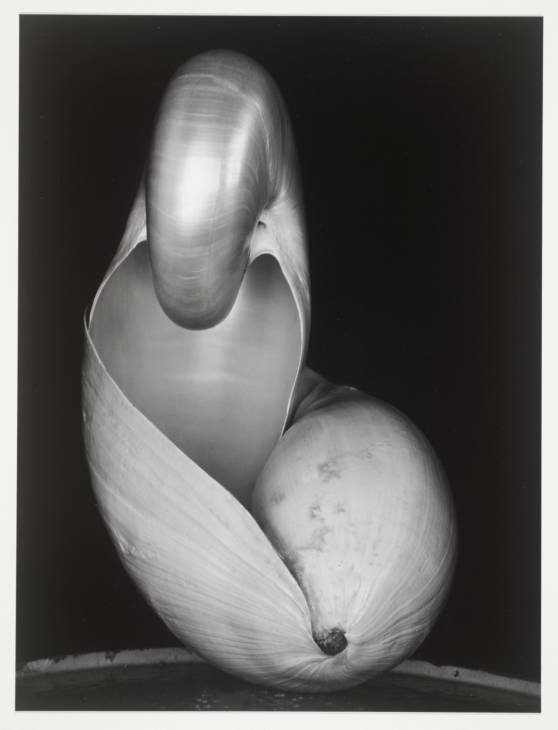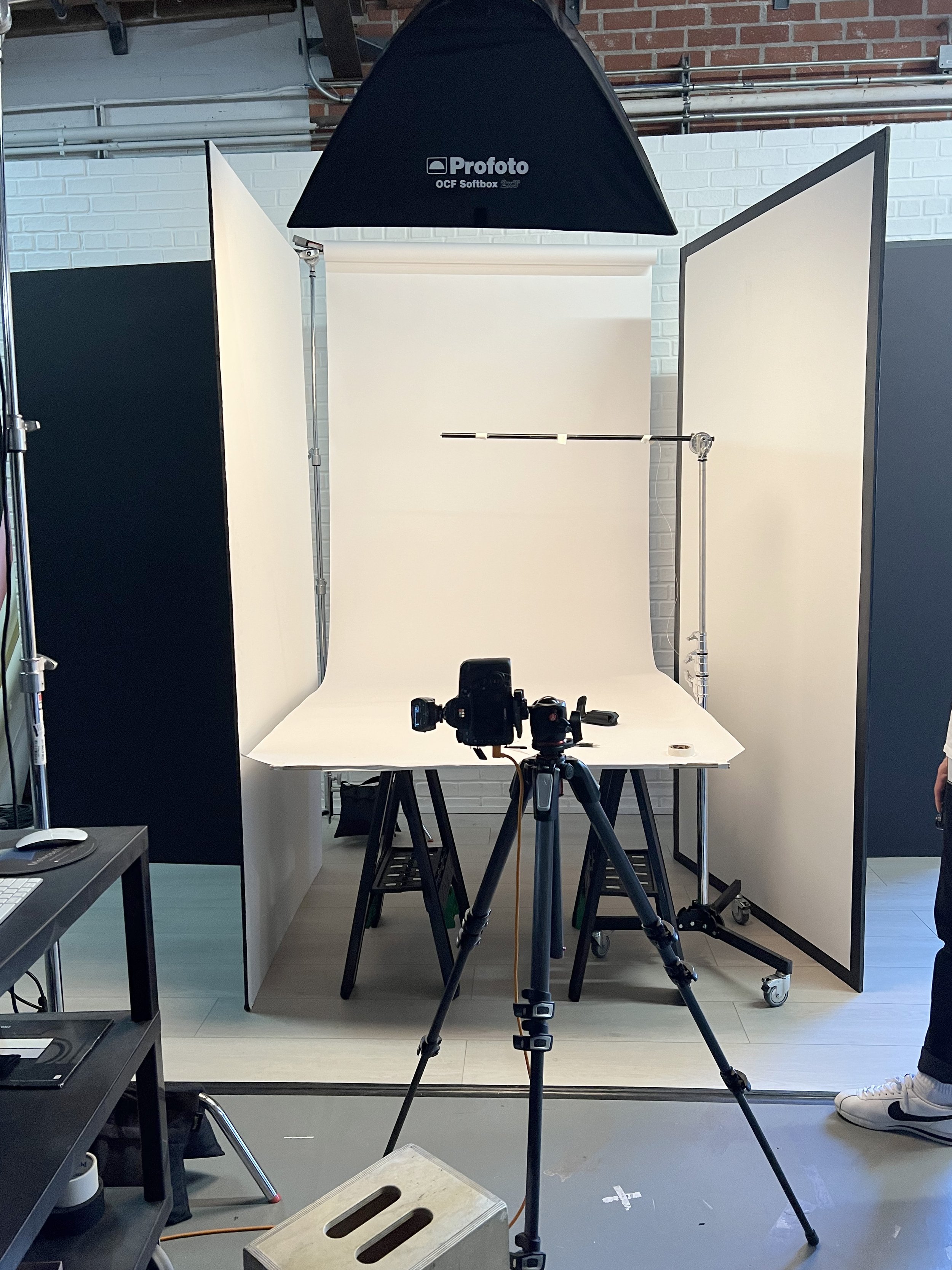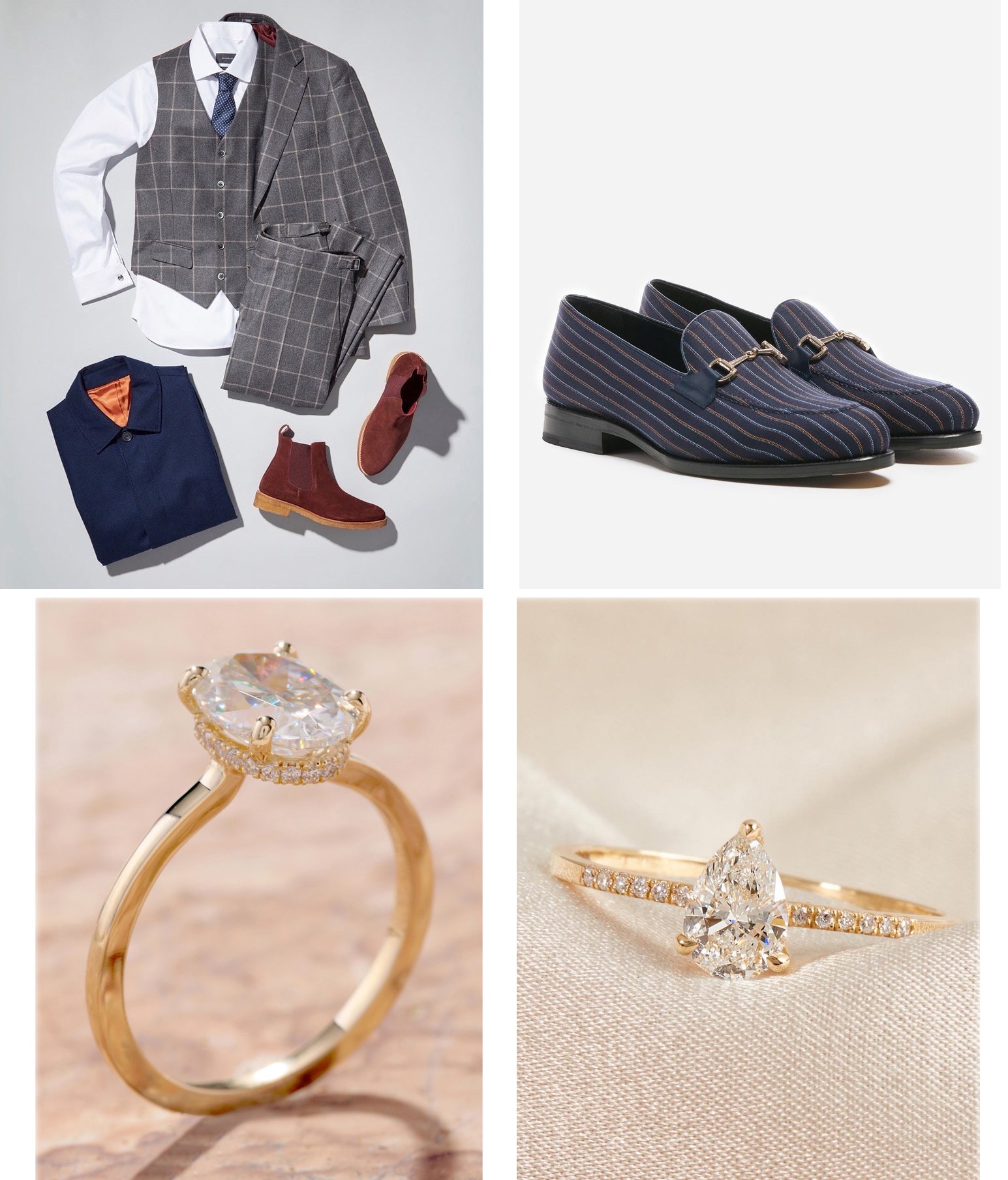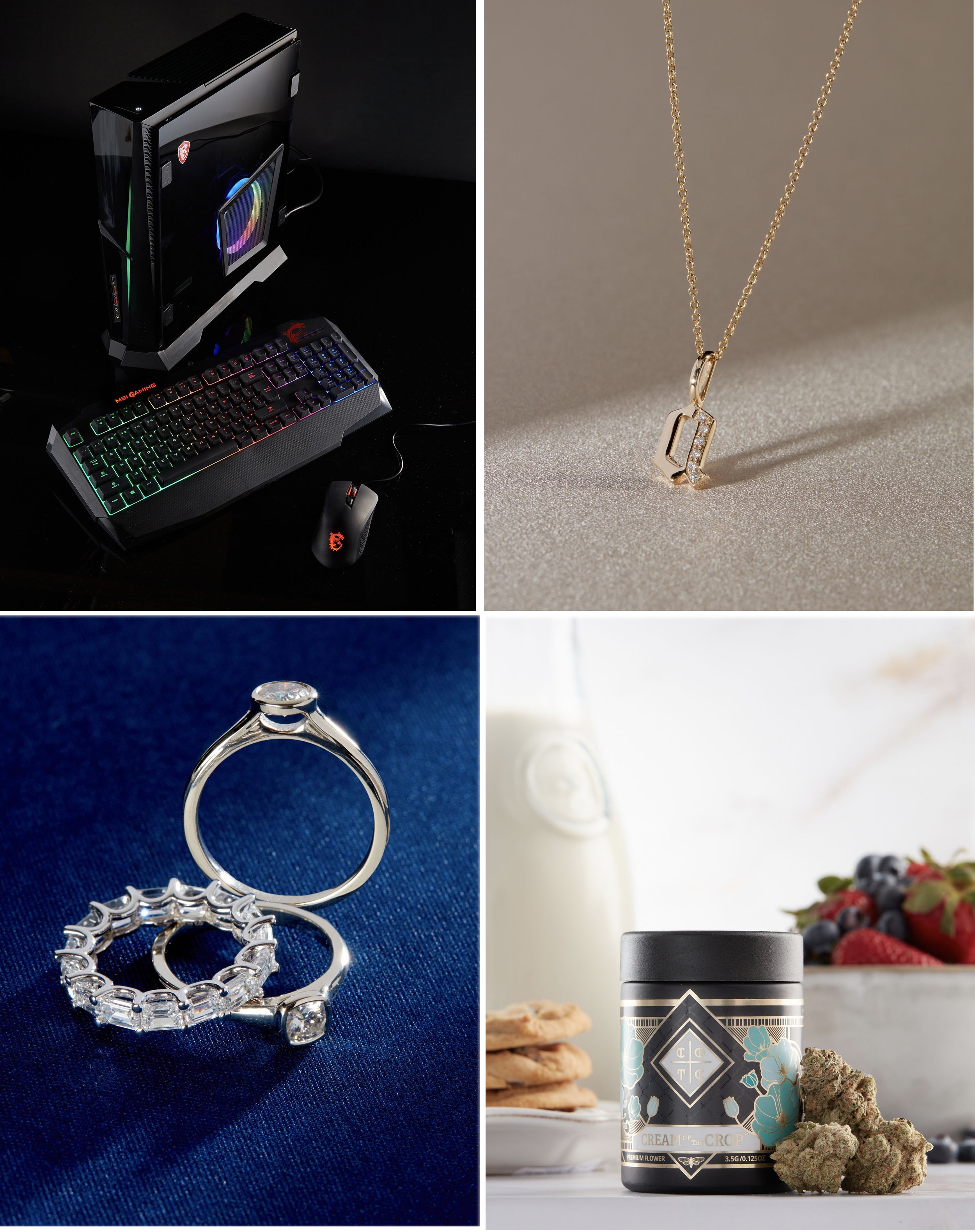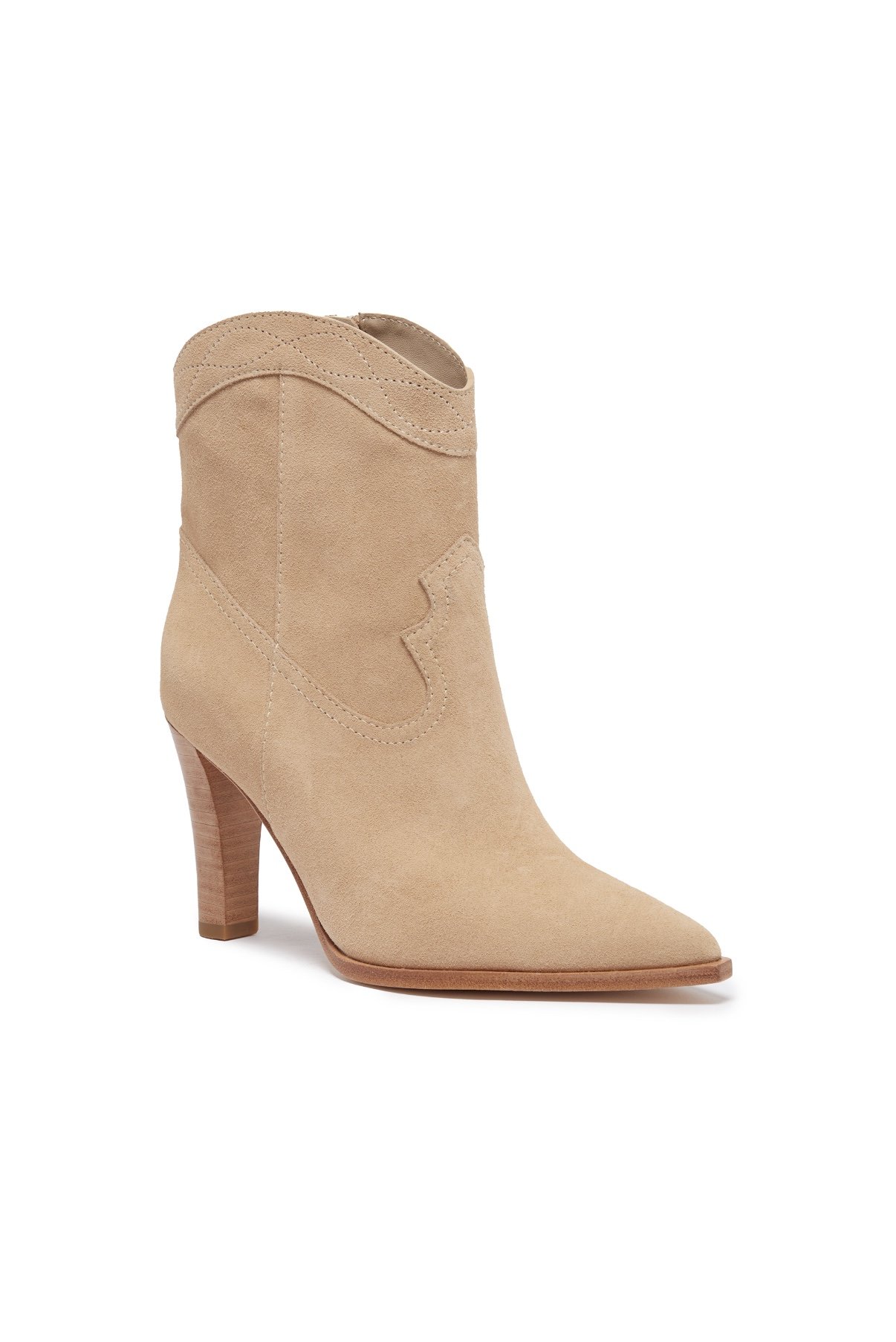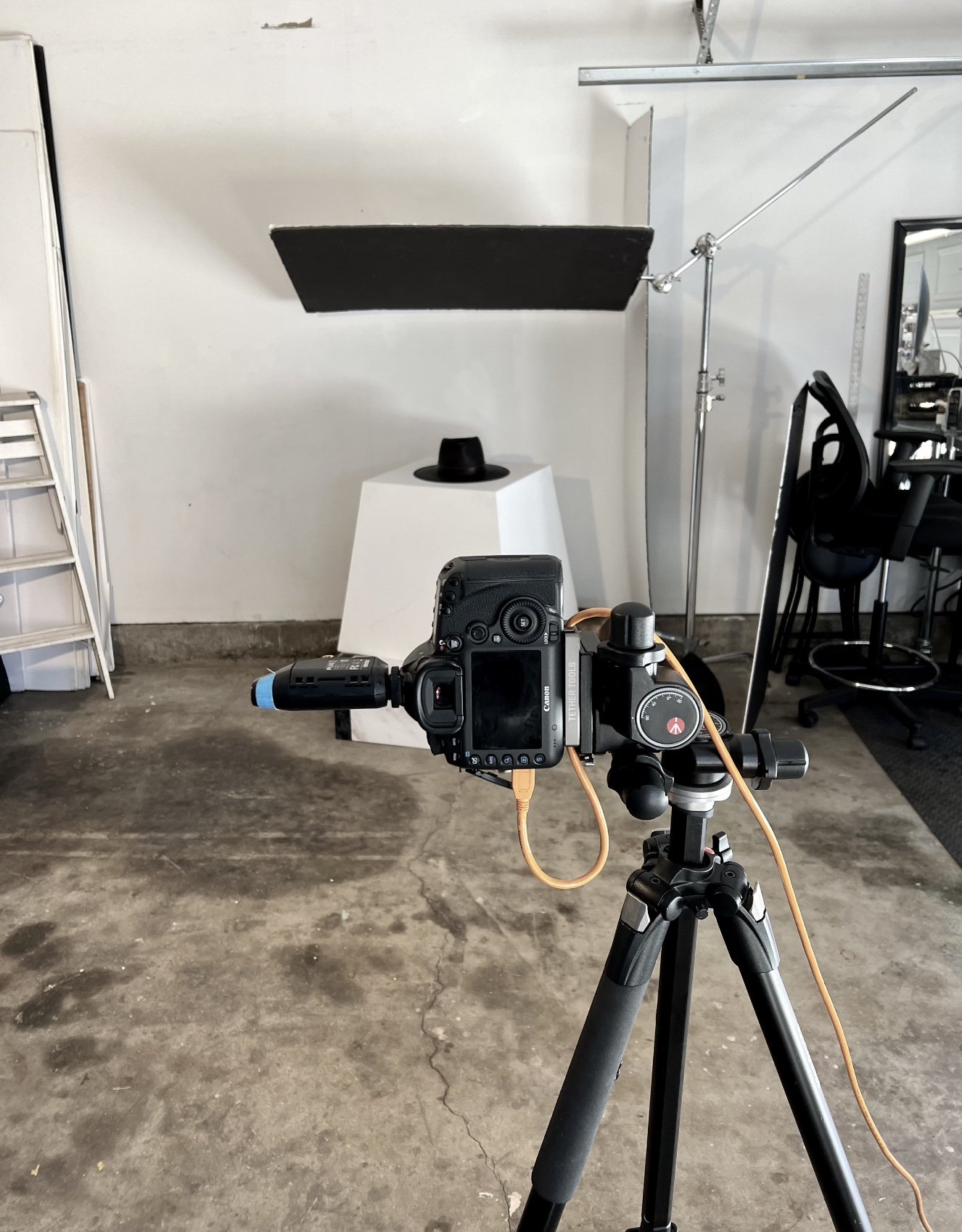The Art of Food Photography: Capturing Flavor with Every Shot
Summer Salad - Ava Kro - Beverly Hills
Food photography has become a powerful tool for both culinary professionals and enthusiasts, creating an art form that not only captures the visual appeal of food but also stimulates our senses. For photographers in Los Angeles, working with food bloggers, restaurant owners, or cookbook authors is another way to work in the field of photography. We can help food bloggers, chefs, and restauranteurs showcase their cooking skills and beautiful food on social media, for their websites, in cookbooks, or even in advertising. Understanding the nuances of food photography can elevate your images from mundane to mouthwatering. In this article, we’ll explore the essentials of food photography, from composition to lighting, and offer practical tips to ensure your photos are as appetizing as the dishes themselves.
Board House Coffee, Santa Monica
Understanding the Power of Visual Appeal
Food photography is more than just snapping a picture of a meal; it’s about evoking the senses. The goal is to create an image that not only looks good but also communicates the textures, colors, and emotions tied to the food. We eat with our eyes first, and a well-composed photograph can make a viewer crave what they see.
Lighting: The Key to a Delicious Shot
Lighting is arguably the most important factor in food photography. It sets the tone of the image and highlights the intricate details of the dish. There are two types of lighting to consider:
Natural Light: Soft, diffused natural light, often from a window, tends to work best for food photography. It creates a gentle, flattering effect that brings out the natural colors and textures of the food. Aim for early morning or late afternoon light, which is typically softer and warmer. Typically the approach I take when working in a restaurant is to reserve a table next to a large window with indirect light. The soft bath of indirect light is a reliable tool for lighting food. Pop in a few fill cards to bounce some light into the darker areas, and in most cases you are good to go.
Example of natural light - Scallion Noodles, Pink Moon, Beverly Hills
Artificial Light: If you're shooting indoors without sufficient natural light, consider investing in studio lights or LED panels. When using artificial light, you can aim for soft lighting by using diffusers to avoid harsh shadows. Another approach is to go in for the hard shadows, sometimes crisp light does a lot to highlight the textures of the food. The trend in photography with most food magazines over the past few years has been with hard light, eliciting a crisp, hard shadow, with some soft fill to capture any missed details. For this style of food photography, I typically place my light high and behind the food at an angle, so that the light scrapes across the food at an angle, adding depth and enhancing texture. In the front, I place fill cards or add a light with a softbox to fill the shadows.
Example of strobe lighting - Lingua Franca, Frogtown, Los Angeles
Composition: Framing the Perfect Dish
Composition is about the arrangement of elements within the frame. A well-composed photograph tells a story, whether it’s about a home-cooked meal or a gourmet experience. Here are some key composition tips:
The Rule of Thirds: Imagine your photo split into a 3x3 grid. Placing the key elements of your food off-center can create a more dynamic and interesting photo. This technique can add balance while guiding the viewer’s eye through the image. That being said, for commercial use, most clients will want their food front and center, so don’t get wrapped up in creative composition, the main thing is to show the food.
Angles: The angle at which you shoot your food can dramatically change its appearance. Common angles include:
Top-down (90 degrees): Ideal for flat dishes like pizza, salads, or bowls, as it captures the full scene.
Sweetheart Pizza, Ava Kro, Beverly Hills
45-degree angle: Offers a more natural perspective and works well for plated food.
Filet Mignon and Lobster Tail, Martin’s Cocina y Cantina, Inglewood, CA
Eye level: Best for capturing layers in stacked food, such as burgers or cakes.
Blasteron Burger, Blasteron, Beverly Hills, CA
Negative Space: Leave some empty space in the frame to allow the food to breathe. A cluttered composition can detract from the dish itself. If you are shooting for a restaurant that plans to use the images for their menu ordering (think Postmates, Grubhub, or Uber Eats) you must leave room around the dish for the natural cropping that occurs when the images land in the ordering software.
Styling: Making Food Look Its Best
Food styling is the art of presenting food in a way that enhances its appeal on camera. Even the most delicious meal needs some creative touches to make it photogenic. Here are some styling tips:
Use Props: For more creative applications, such as blogs and cookbooks, be sure to incorporate props like napkins, plates, cutlery, or ingredients to give the photo context. Props help tell a story and can add color and texture to the image. For example, a rustic wooden table can make a simple bowl of soup look more inviting. For restaurants utilizing the food photography for menu ordering, keep the props to the minimum. This is where food photography intersects e-commerce. If you use a bread roll as a prop, the customer may assume the bread roll comes with the entree, so only include items that come with the order. You don’t want to confuse the customer! A well placed napkin would be all that you need, perhaps a spoon with soup, but for this type of food photography, simple is best.
Saucy Roulette Soup Dumplings, Bao Dim Sum, Beverly Hills, California
Textures and Colors: Think about textures (e.g., the glossy sheen of fresh fruit or the creamy layers of a cake) and use complementary colors to make the dish pop. Contrast is important—use dark backgrounds for lighter foods and vice versa. As always, you must consider your client when you are making decisions with your food photography. If you are shooting for a sports bar, the background you choose is going to be different from a fine dining establishment. I find a traditional white tablecloth works best for most food photography, but if a restaurant has invested in décor to enhance the diner’s experience, you should showcase that ambiance in your photographs as well.
Buffalo Wings, Scout’s Honor BBQ Burbank, California
Garnishing: Small garnishes like fresh herbs, spices, or drizzle of sauce can add a finishing touch that makes a dish look even more appetizing. However, don’t overdo it; the garnish should complement, not overwhelm, the food. When shooting for a restaurant, I often ask them to bring the garnish on the side. The reason is that fresh herbs wilt quickly when they come into contact with the hot food. I ask them to bring me the dish, place it and photography a few captures to make sure I’m happy with my lighting and composition, and then add the garnish right before making the final captures.
Freshness: Consider the perishability of food when styling. Fresh ingredients often photograph best, so try to capture the food right after plating. You can also use tricks like misting vegetables with water to add vibrancy. Food photography for cookbooks always has a stylist on hand, and they will be in charge of handling those details. Food photography for restaurants means the photographer is often working alone, so picking up a few of these tricks will help elevate your photography. The main thing is to make sure that the serving dish is clean around the food. It is normal for a few splashes of sauce to miss the mark a bit. The customer won’t notice these small imperfections, but the camera certainly will.
Editing: Enhancing the Final Image
Editing your photos is an essential step in food photography. Post-processing allows you to bring out the best in your images. Basic adjustments can include:
Adjusting Exposure: If the image is too dark or too bright, correct the exposure levels to bring out the details. I often use the high dynamic range settings in Capture One to get the best results. Opening up the shadows will show even more detail, and pulling back the highlights may help minimize glare. Just beware that overuse of the high dynamic range settings can result in grain or just plain weird results. It is especially important in food photography that the results look natural, so use the tools with discernment.
Enhancing Contrast and Saturation: Subtle tweaks to contrast and saturation can help the food appear more vivid and appetizing. As with using the high dynamic range settings, you’ll want to be careful to avoid overdoing it. The truth is that some vegetables are just not as colorful as we might like, but pushing the saturation too far will look fake. When it comes to food, fake is not appealing, so go easy.
Cropping and Straightening: Make sure your image is straight and properly cropped to focus attention on the food. Don’t be afraid to remove unnecessary distractions. If you missed some splashes of sauce or you see something that doesn’t look appetizing, retouch the image in Photoshop to look as appealing as possible. Food photography, like all photography, starts in the camera but ends with the computer.
There are several apps and software options that professional photographers use to execute their food photography as professional as possible. I use Capture One to shoot into, and Adobe Photoshop for final edits. If you are working in large batches, you may use Lightroom or Bridge, depending on your own workflow. All photographers have their own preferences when it comes to the tools that they use, and you should use the ones you feel most comfortable using. If you are unfamiliar with photography software, there are many tutorials online.
Capturing the Mood: Telling a Story
Food photography is often about creating a mood or atmosphere. Are you photographing a cozy winter stew or a refreshing summer salad? The mood can be conveyed through your choice of colors, lighting, and composition. A moody, dark shot might suggest a comforting, hearty dish, while a bright, airy shot might evoke the freshness of a summer meal.
Bagel with Lox, Basecamp Burbank, California
Consider including elements like steam rising from hot food, a bite being taken, or hands interacting with the dish. These elements add movement and can make the scene feel more alive. Again, food photography destined for a cookbook or blog is going to be very different from food photography for a restaurant’s online ordering menu, so consider the final use of the image every step of the way.
Palettas, Antojitos, Inglewood, California
Avoiding Common Mistakes
While food photography may seem easy, there are common mistakes that can detract from your shots:
Over-styling: Too many props or excessive garnishing can make the food look unnatural. Keep it simple and let the food shine.
Poor Lighting: Avoid using harsh flash in the front, which can flatten the image and create unattractive shadows. Always strive for soft, diffused light or directional hard light from the back and side.
Messy Plates: Ensure the edges of the plate are clean and free from drips or spills unless they add to the aesthetic. Some clients love a more “lived in” aesthetic. You have to discern which of those “happy accidents” are adding to or distracting.
Food photography is both a technical skill and a form of creative expression. By mastering the art of composition, lighting, styling, and editing, you can transform a simple meal into a visually stunning masterpiece. Whether you're capturing a home-cooked dish or a professional creation, the key to great food photography lies in paying attention to the details and conveying the essence of the food. So, the next time you're photographing a delicious meal, remember: the best way to share those culinary creations is through a picture that speaks to the senses.
The Art of Food Photography in Los Angeles: Capturing Flavor with Every Shot
Food photography in Los Angeles has become an essential part of both the culinary scene and digital culture. From upscale restaurants to home kitchens, capturing the essence of food through the lens has never been more important. Whether you're an aspiring food blogger, a restaurant owner, or someone who simply loves to showcase their cooking skills on social media, understanding the nuances of food photography in Los Angeles can elevate your images and make your dishes truly mouthwatering.
Sashimi Assortment, Oops Sushi and Sake, Los Angeles, California
Los Angeles is home to a wide variety of restaurants, offering many opportunities for the aspiring food photographer. From a diverse selection of ethnic foods from around the globe, to traditional Americana faire, to the high-end, world renowned dining destinations, there is no shortage of opportunities for food photographers in Los Angeles. The way each photographer approaches food photography is unique to that photographer, but each region has it’s own accustomed style as well. California is known for it’s casual approach to most things, but food photography doesn’t happen by accident. It takes a lot of skill to make something look effortless. With that in mind, the most successful food photographers in Los Angeles have a diverse skill set that allows them showcase each restaurant in a way that is most appropriate for the client. Even using available light requires an understanding of exposure to make sure each dish looks appetizing so as to draw the viewer in.













